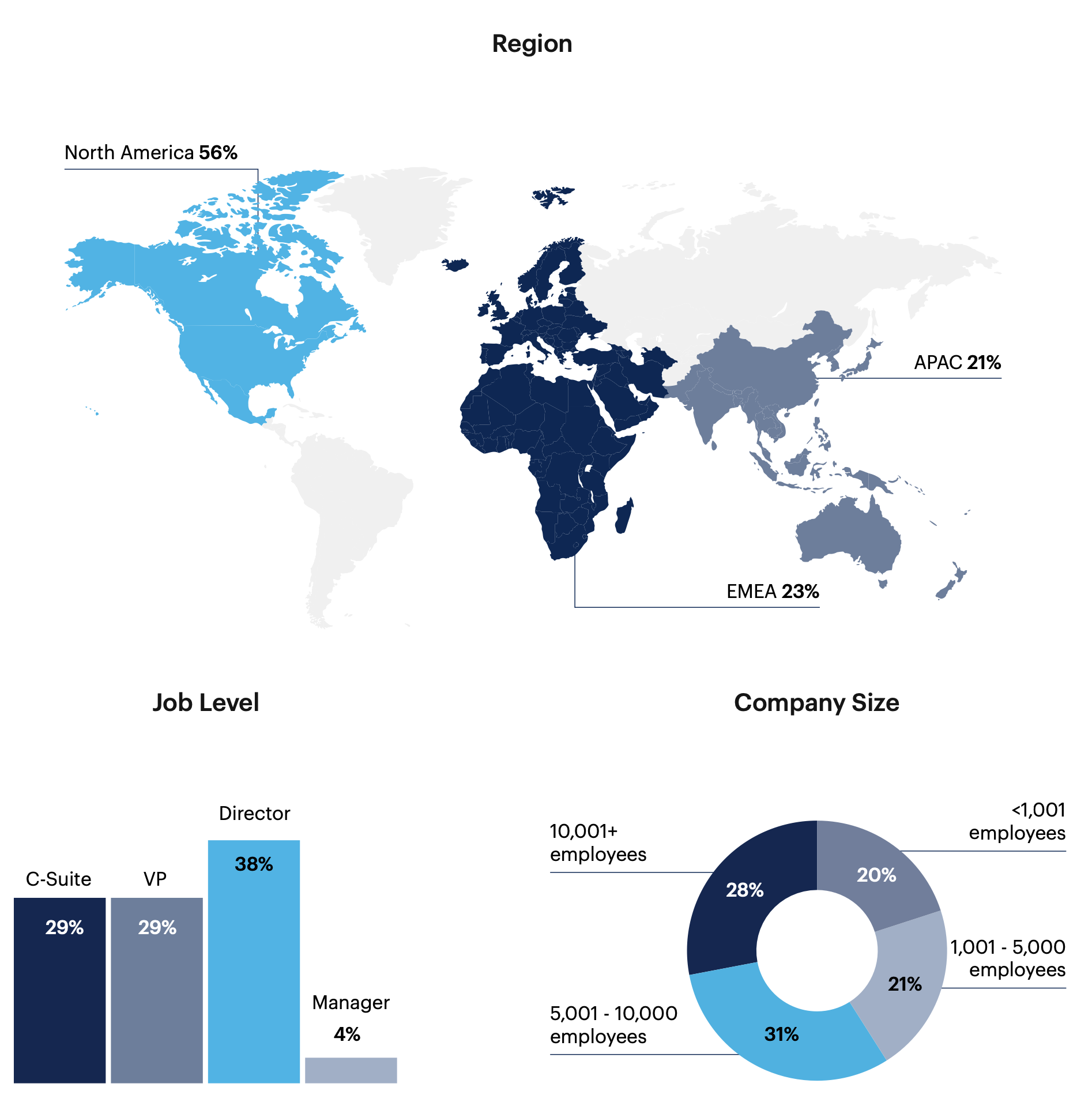Data and Analytics Operating Models
An effective operating model is essential for data leaders to successfully implement their data and analytics (D&A) strategy. Are leaders satisfied with their D&A operating models and are these evolving as needs change?
One minute insights:
 Leaders are mostly satisfied with D&A operating models but face challenges with data standards and documentation
Leaders are mostly satisfied with D&A operating models but face challenges with data standards and documentation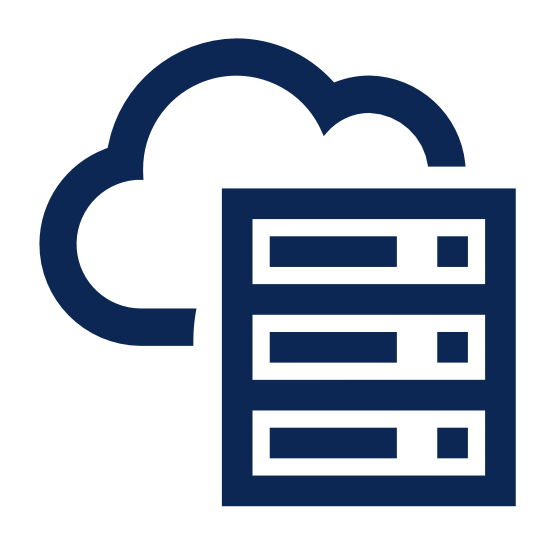 Most have hybrid data storage and a federated D&A function
Most have hybrid data storage and a federated D&A function Diagnostic and descriptive analytics are common capabilities, along with self-serve analytics
Diagnostic and descriptive analytics are common capabilities, along with self-serve analytics Most D&A operating models are undergoing changes driven by the need to improve data access and/or quality
Most D&A operating models are undergoing changes driven by the need to improve data access and/or quality
Leaders are mostly satisfied with their D&A operating models, but lack of standards and documentation are pervasive challenges
Most respondents are satisfied with the information architecture (76%), organizational structure (75%), culture (73%) and personnel (71%) of their organization’s D&A operating model.
How satisfied are you with the following aspects of your organization’s data and analytics operating model?
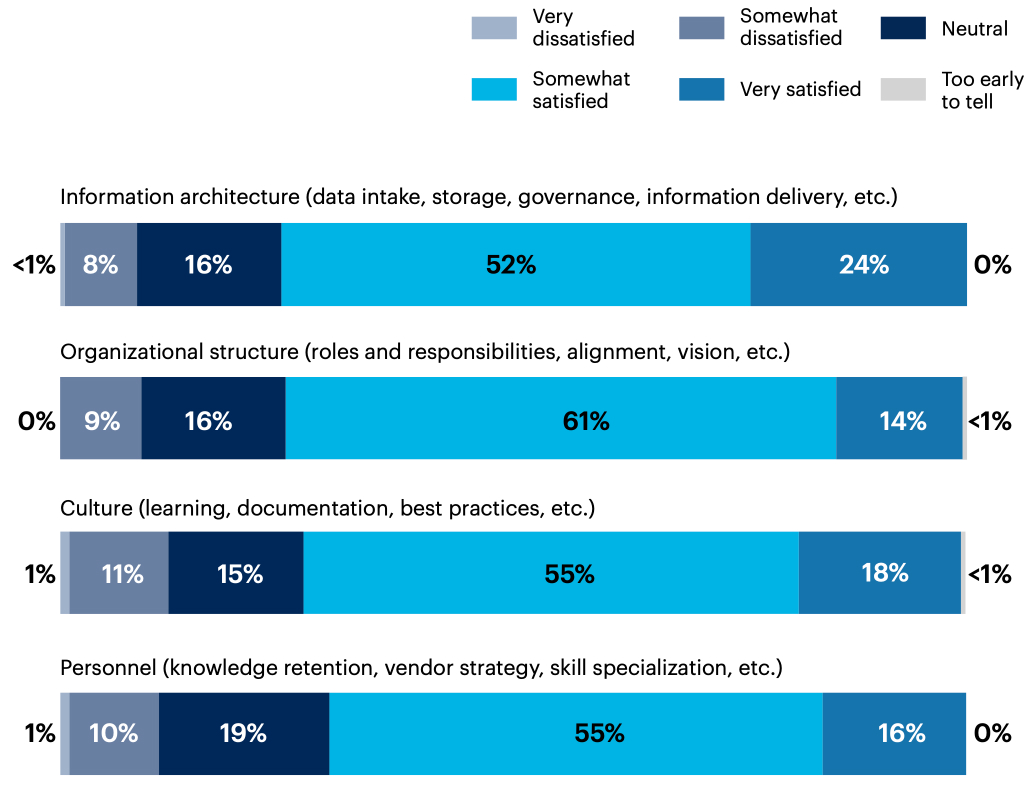
n = 300
Lack of data standards (58%) and documentation (56%) are some of the most difficult challenges for more than half of respondents. Nearly half (49%) identified legacy data architecture as one of their most difficult challenges.
What are the most difficult challenges for your data and analytics operating model?
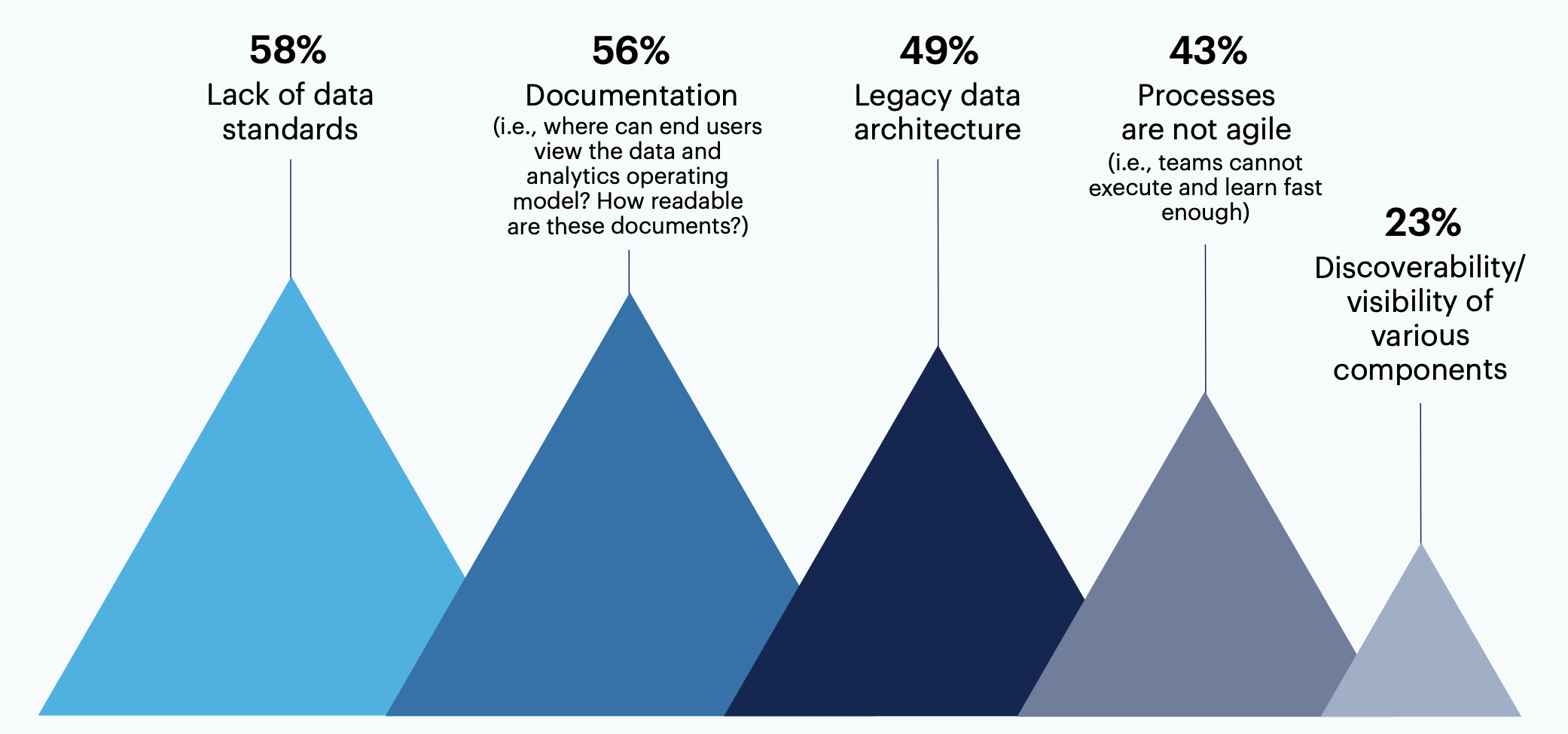
n = 300
Lack of composability (e.g., systems do not “fit together”) 21%, Data and analytics operating model is not viewed as a priority 19%, Knowledge gaps 18%, Costs 16%, Access and governance issues 11%, Lack of change management processes 10%, None of these 1%, Other (Poor data management buy in from business users who own the data; Business hierarchy and reporting lines) 1%
Our major challenge regarding analytics is pulling together data from the various systems, including granting access to the databases as well as determining how to relate the various disparate systems.
We find our current model effective for our small and less well resourced business units but less effective where business units have resources and try and bring their own resources in.
Hybrid data storage is the norm and most have a coordinated/federated structure for their D&A function
How does your organization store data?
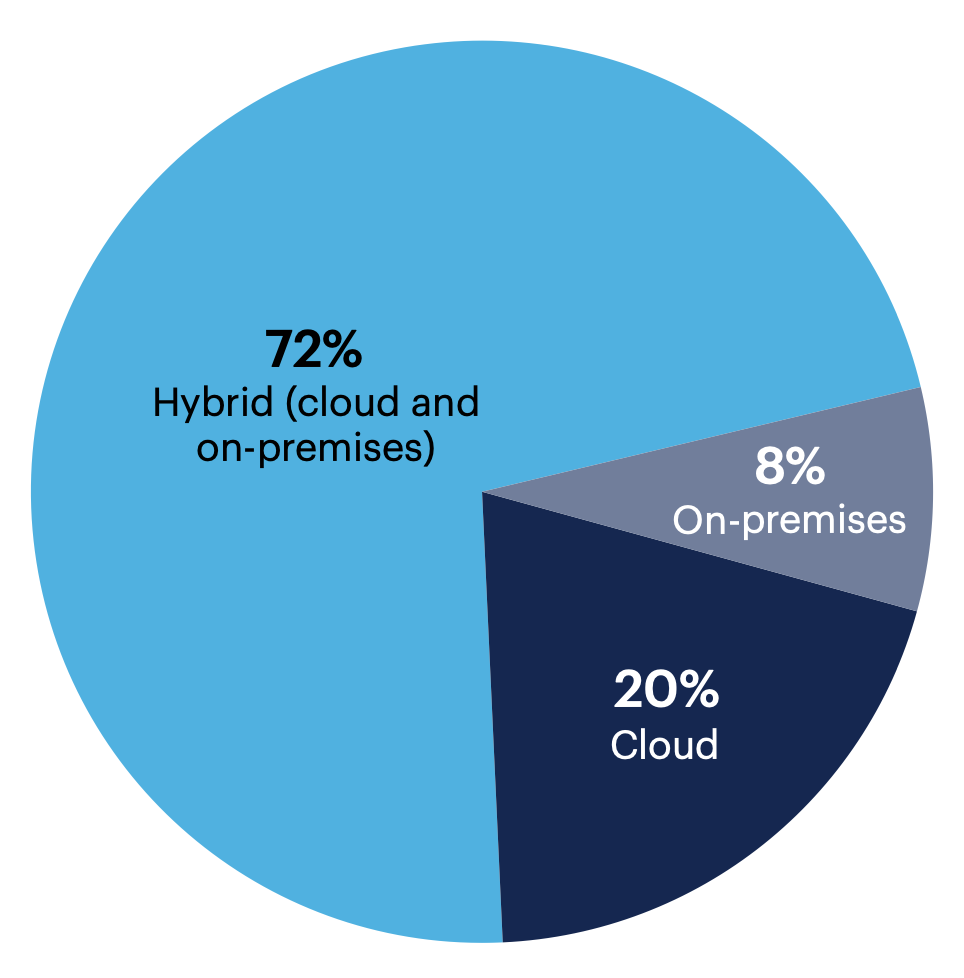
72% have hybrid data storage in the cloud and on-premises. 20% have cloud storage only.
n = 300
Over half (52%) of respondents have a coordinated or federated data and analytics function where teams informally work together, while 21% have a hub and spoke model with formally coordinated teams.
How is your organization’s data and analytics function structured (where do data and analytics professionals sit within the organization)?
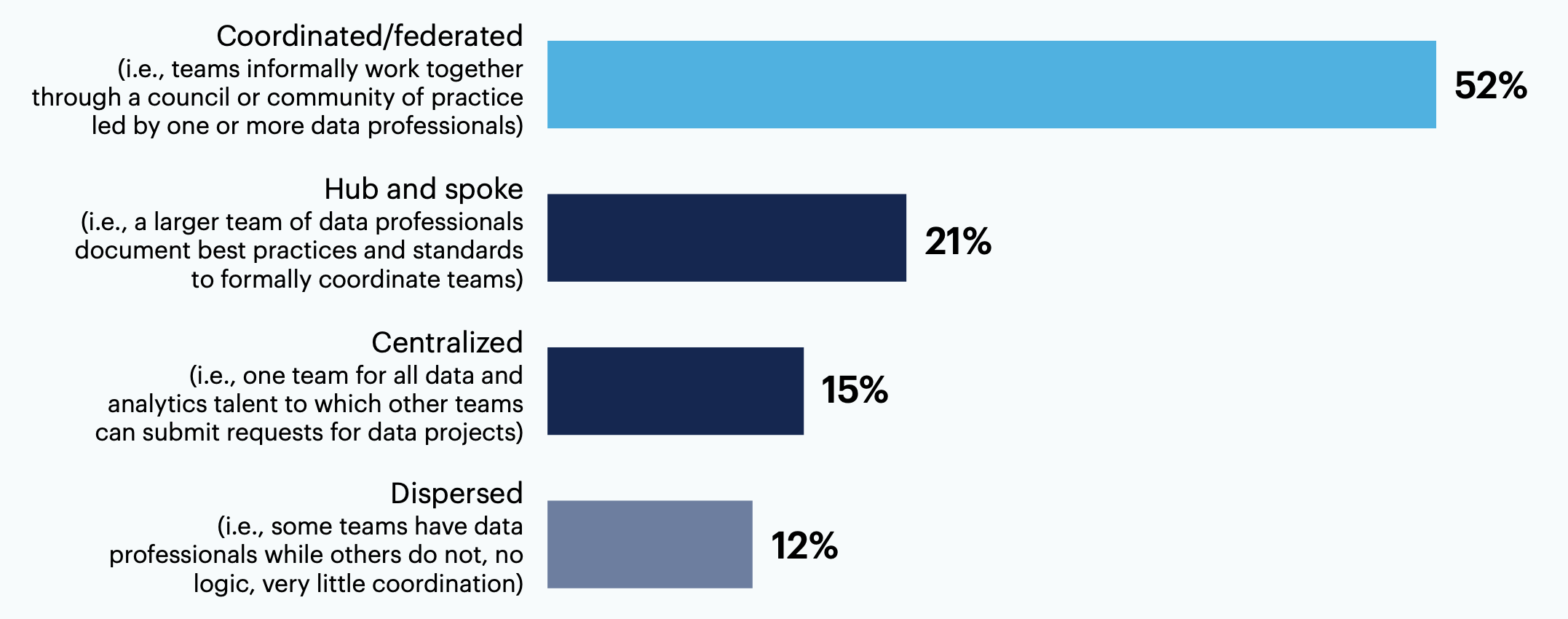
Not sure 0%, Other 0%
n = 300
Our data and analytics operating model is evolving because of cloud environments.
Most analytics capabilities fall under descriptive or diagnostic, and the majority have self-serve analytics
What types of analytics is your data and analytics function capable of producing?
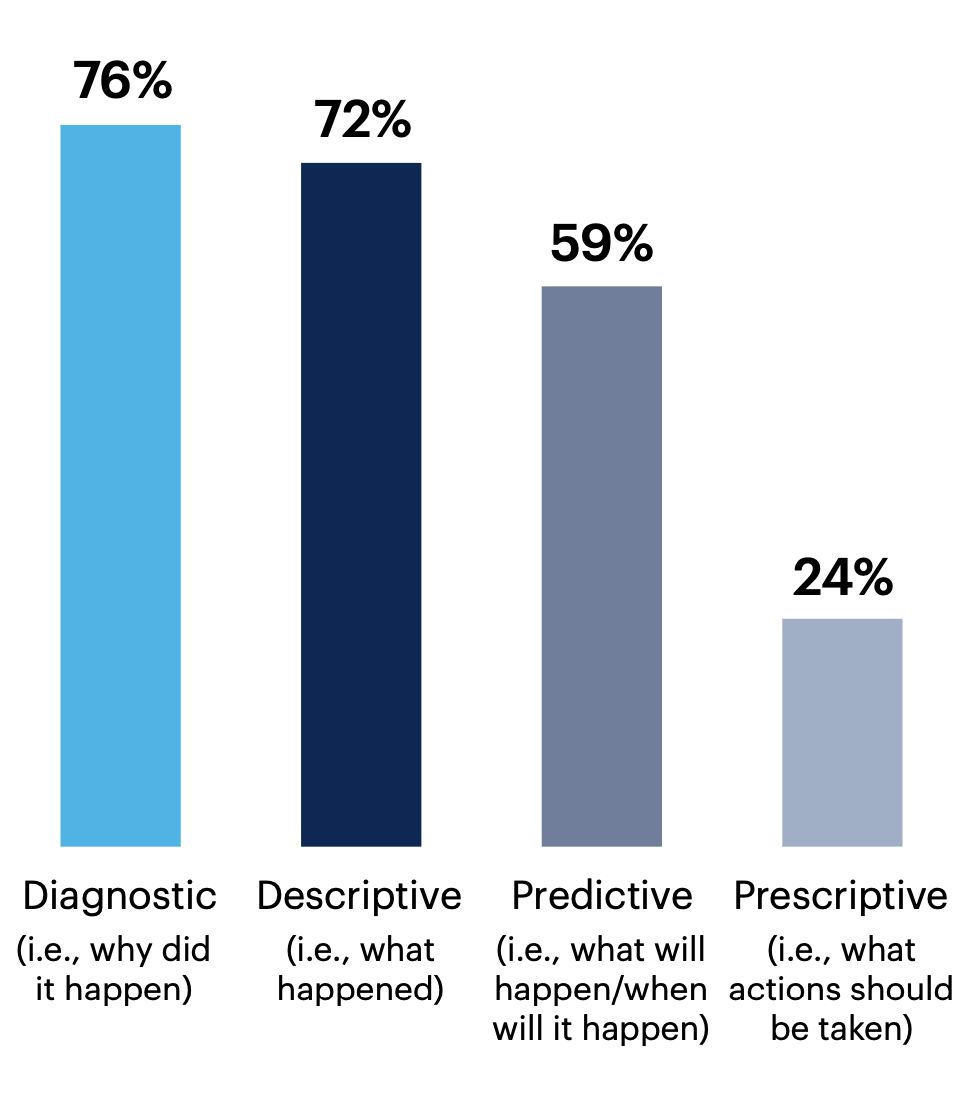
Most respondents say their data and analytics function is capable of producing diagnostic (76%) and descriptive (72%) analytics. Only about a quarter (24%) of respondents say their data and analytics function is capable of producing prescriptive analytics.
n = 300
Do you have self-serve analytics?
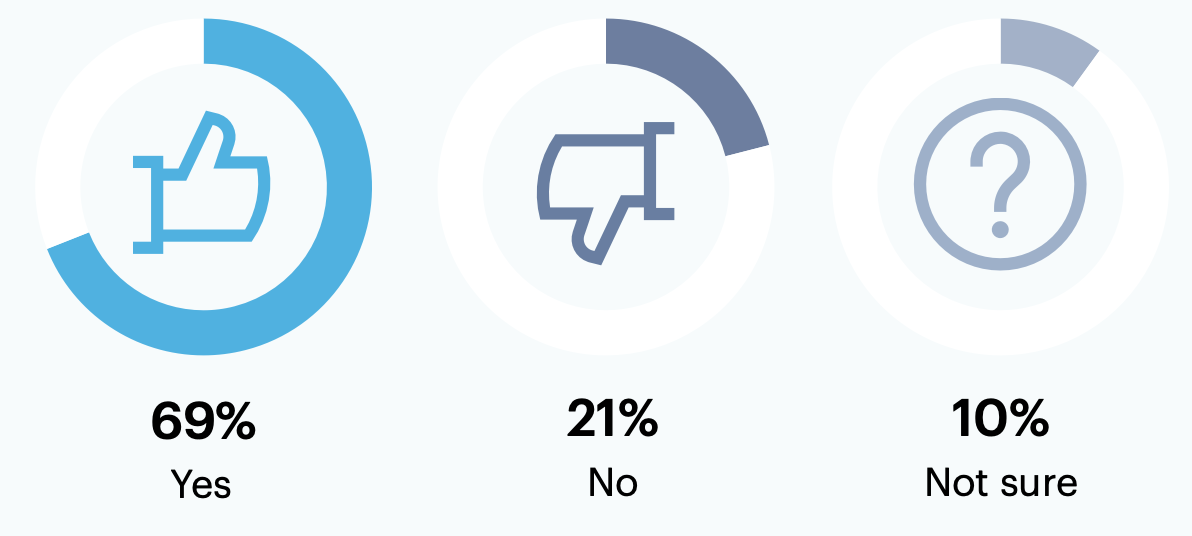
More than two-thirds (69%) have self-serve analytics.
n = 300
Data is the key but we have issues in discovery of data. Our analytics team tries hard to generate meaningful insights but fail[s] to do so as our data is not in [the] right format at [the] right place.
Most D&A operating models are undergoing changes, usually driven by the need for better data access and quality
Is your data and analytics operating model undergoing changes?
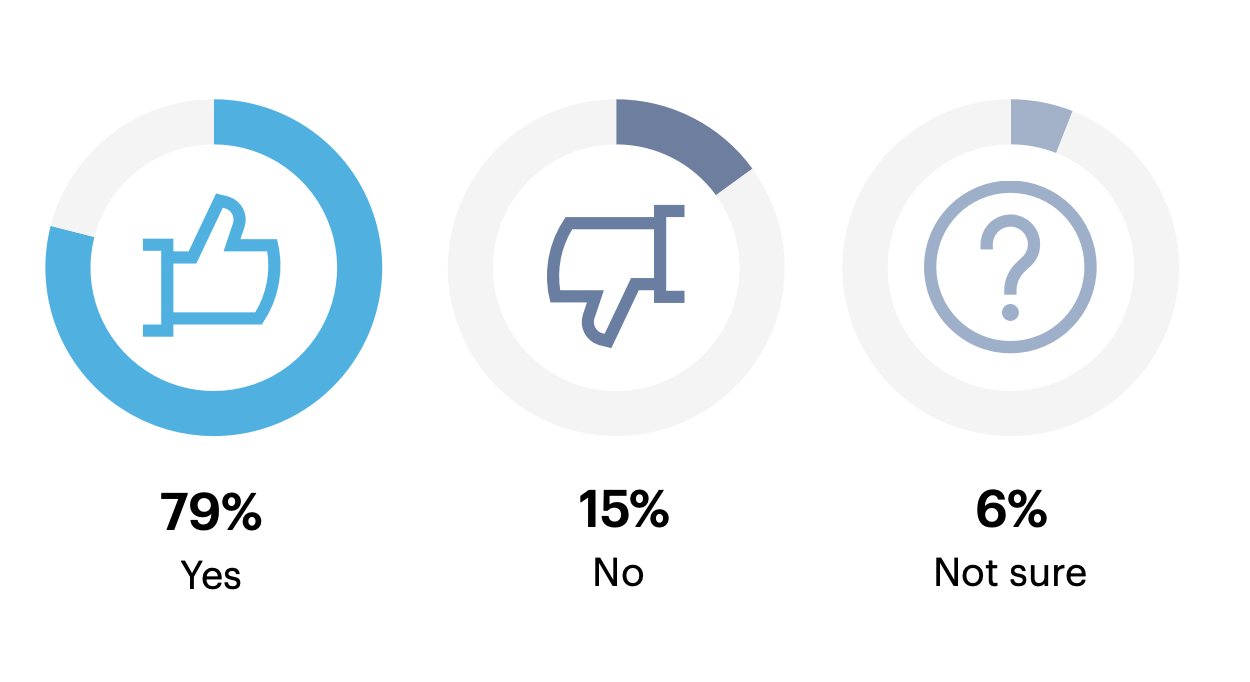
79% of respondents say their data and analytics operating model is undergoing changes.
n = 300
The most common driving factors for changing operating models are the need to improve data access (67%), data quality (63%) and cost efficiencies (51%).
What factors are driving change in your current data and analytics operating model?
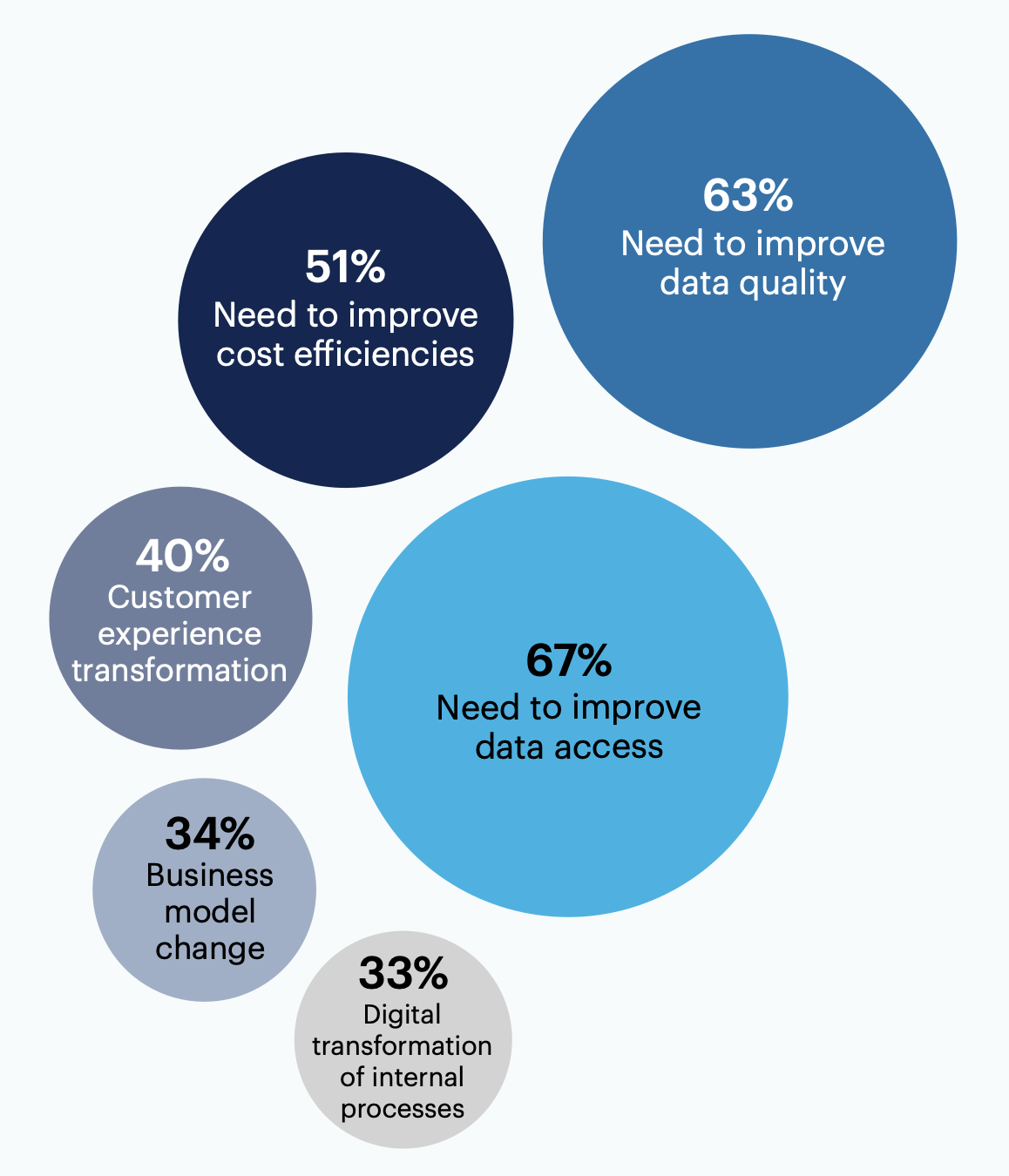
Implementation of artificial intelligence and machine learning 22%, Adoption of data-driven culture 20%, Transition to cloud 20%, Changes in compliance and data regulations 18% Introduction of new digital products 18%, Merger or acquisition 8%, Transition to decentralized data systems 6%, Investor pressure (i.e., activist investors) 4%, None of these <1%, Other 0%
n = 238
It is very important to have a more flexible operating model capable of adopting new technologies.
We need to have [a] better Data and analytics model within the organization [so] as to have better data visibility, control on legacy data and overall data access.

Want more insights like this from leaders like yourself?
Click here to explore the revamped, retooled and reimagined Gartner Peer Community. You'll get access to synthesized insights and engaging discussions from a community of your peers.
Respondent Breakdown
